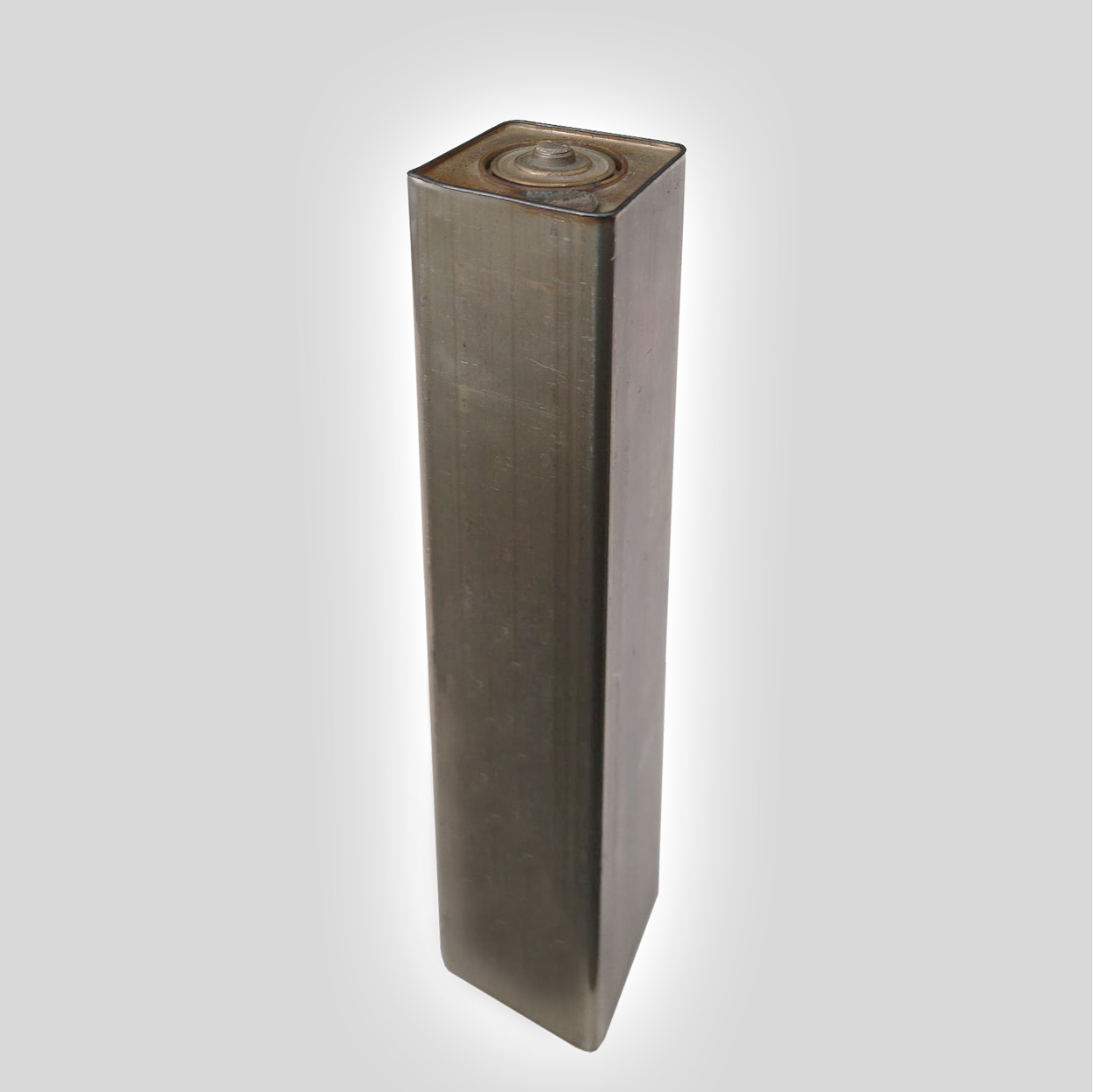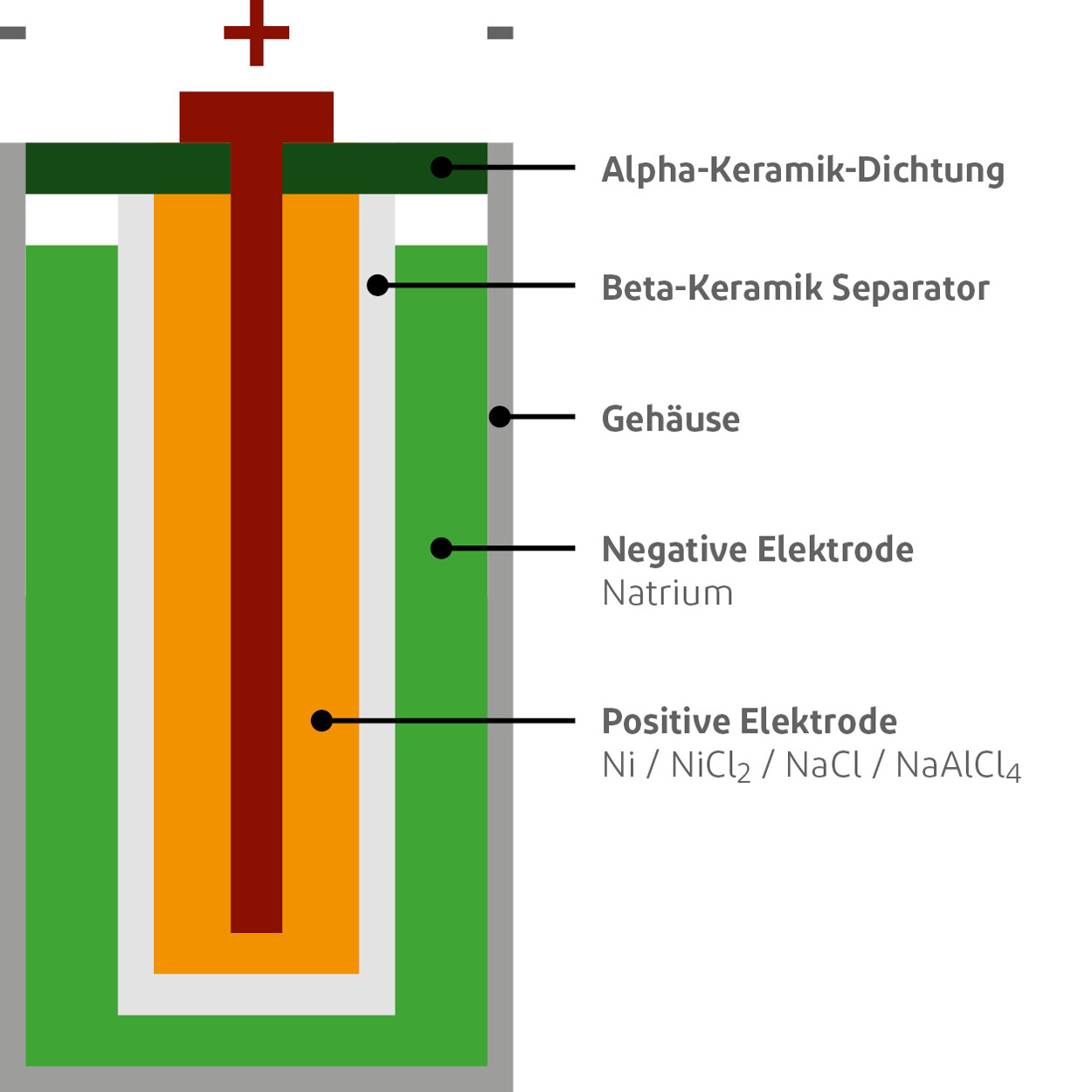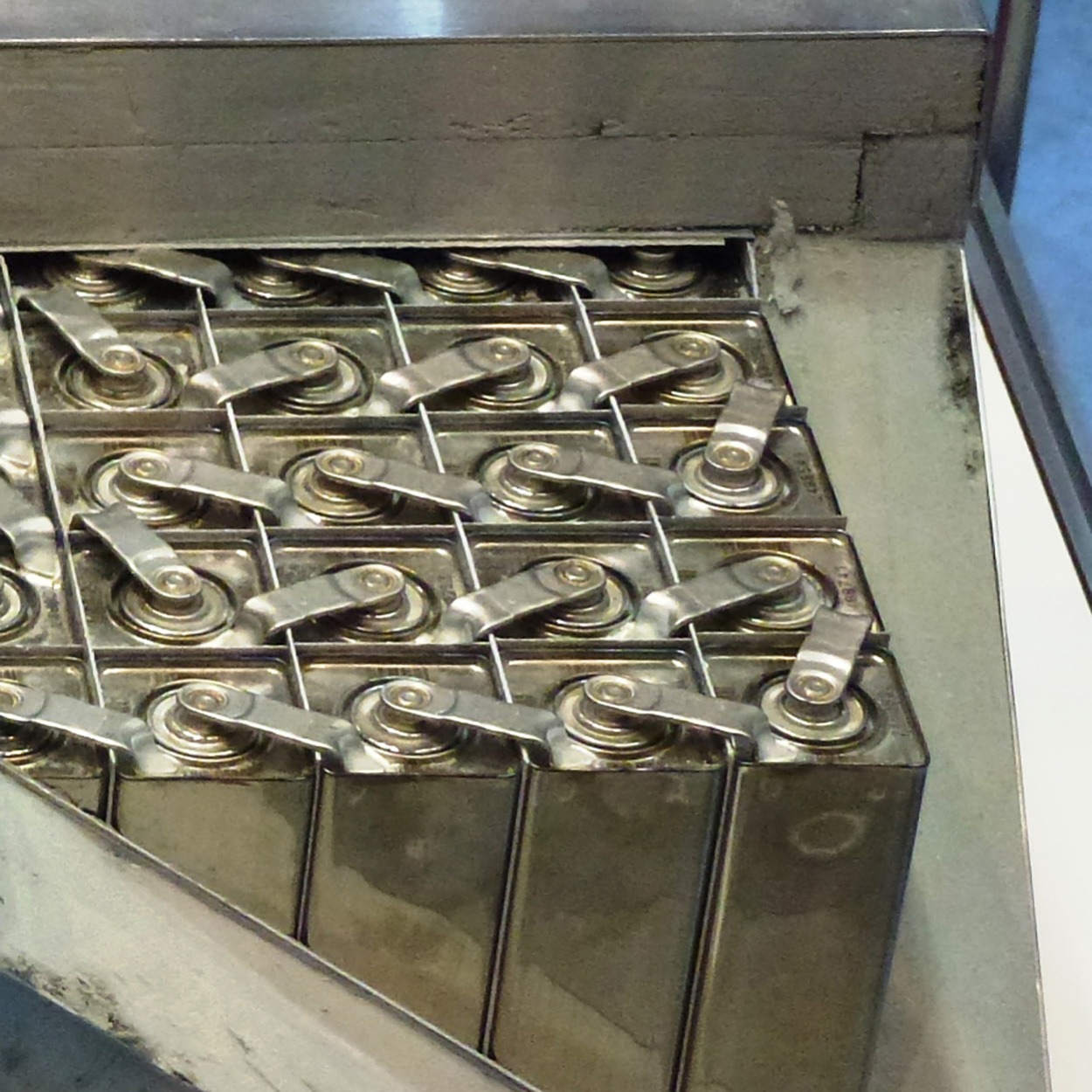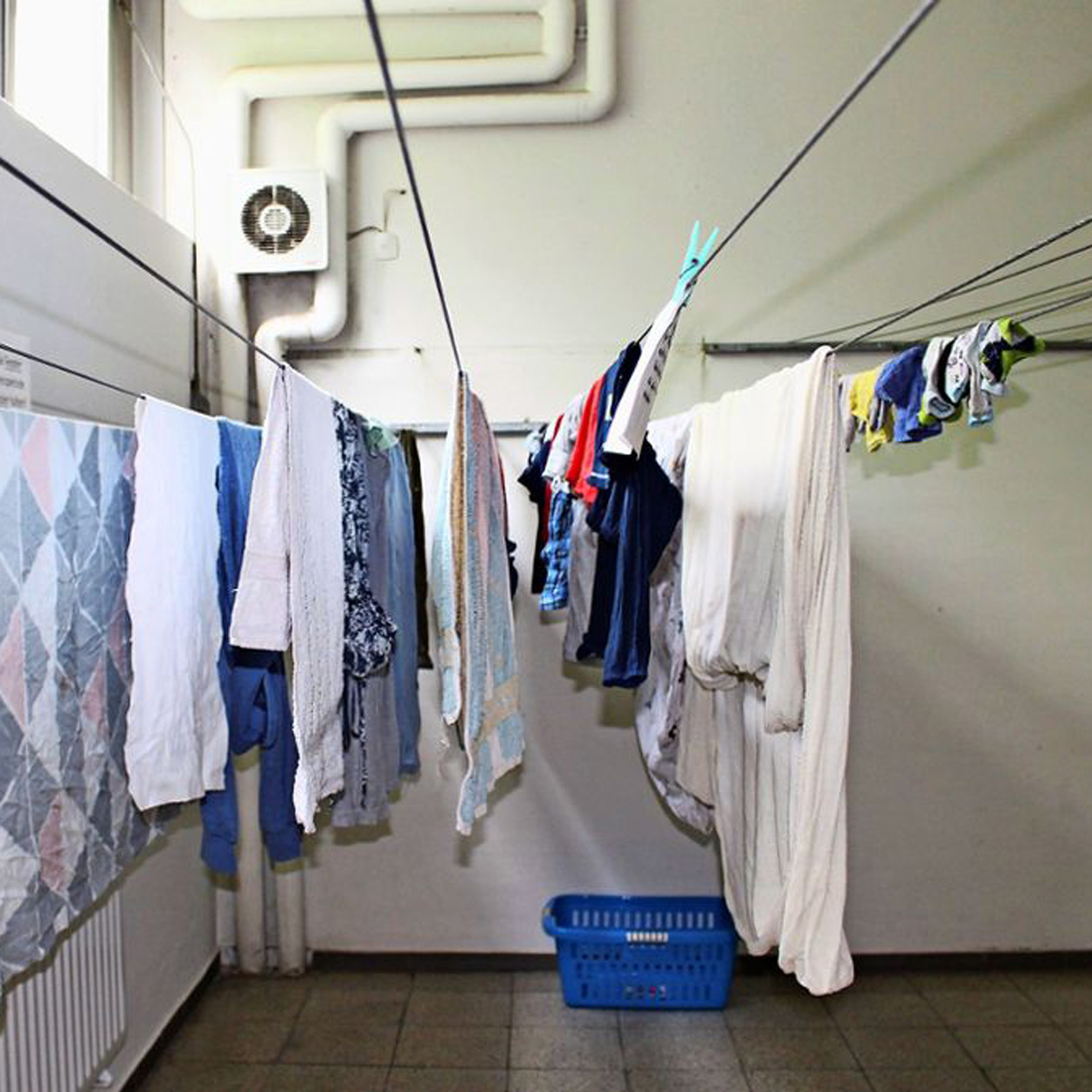Why salt batteries are so safe
Fire reports involving lithium-ion batteries are becoming increasingly frequent. Manufacturers are withdrawing products or discontinuing some areas of battery production. Understandably, the demand for alternative battery technologies is increasing.

Have you ever tried to make salt burn? You won't succeed. Because salt only changes its solid state to liquid at 800 degrees Celsius. And then it still doesn't burn.
Intrinsically safe: the salt battery
Originally, the sodium-nickel battery was developed by Daimler-Benz under the project name ZEBRA battery at the end of the last century in South Africa for the automotive industry. This battery underwent all the crash tests required by the high standards of the automotive industry: from various accident crashes to shooting tests with live ammunition. Result: completely safe!
The salt battery does not burn, cannot explode, does not outgas and does not react with water or oxygen.



The cell structure brings a plus in safety
The outer skin of a salt battery cell is made of steel. Steel is hard and yet soft, or bendable, and can give way. If the steel is deformed, damaged or broken, the resulting pressure is passed on via the liquid electrode to the brittle ceramic, the separator. This ceramic breaks immediately! In the process, the two liquid hot electrodes run into each other inside the cell, crystallise immediately and cool down. During this lightning-fast hardening, a vapour is produced. This smoke development is non-toxic and cannot be prevented – on the contrary, it should not be prevented, as this steam is a reaction of the cooling. Since the reaction takes place very quickly, none of the hot melt can leak out.
No special fire protection measures are required for the installation of salt batteries. This not only saves effort, but also some costs.
Perfectly insulated, like a thermos flask
With a small pinch of aluminium, the salt melting point of 800 degrees Celsius is brought down to the operating temperature of 250-350 degrees Celsium. This temperature, which still seems high, is not dangerous because the salt battery is excellently insulated. You won't feel anything from the hot tea in a thermos flask on the outside. It is the same with the salt battery. It is lukewarm on the outside - you can't even cook a fried egg on it.
Use radiant heat sensibly
The slight heat radiation of the salt battery can even be used in a clever way. Installing a salt battery storage system in a laundry drying room saves heating costs for this room. It makes just as much sense to install it next to a heat pump boiler, which allows the water to cool down more slowly than in a room that is not heated.




